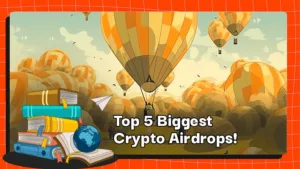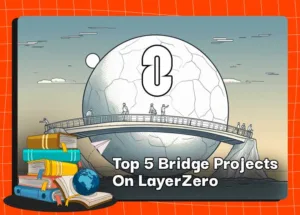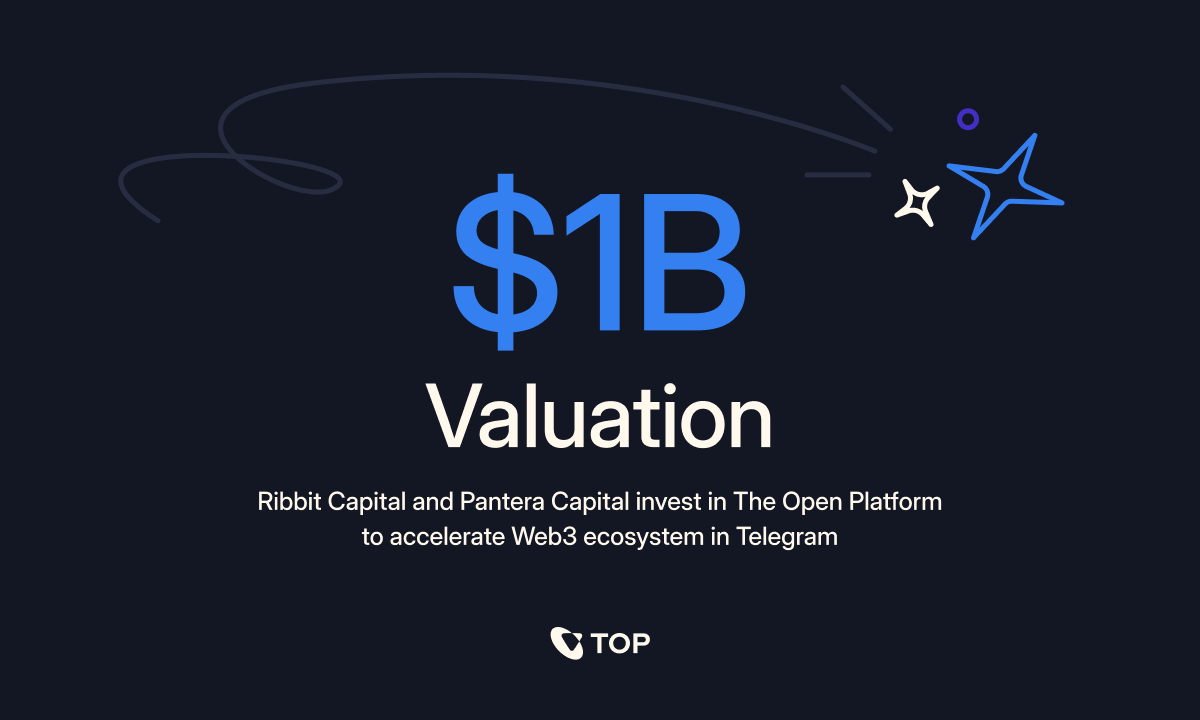Although it is a later network, Solana is a platform developed with the aim of solving 3 difficult problems of Blockchain: Decentralization – Security – Scale. This is what makes it considered a formidable competitor to Ethereum. Today’s article we will go to find out specifically the outstanding advantages of Solana to bring a “late birth” network that can grow strongly, on par with the “seniors”.
Solana is the fastest cryptocurrency

One of the big attractions of Solana is that it can handle around 50,000 transactions per second (TPS). In other words, Ethereum handles between 15 and 45 TPS (although in the process of upgrading to ETH2 to make it a bit faster), but still far behind Solana.
While processing speed isn’t everything, few cryptocurrencies can match Solana in this race. It is worth noting that Solana’s transaction fees are extremely cheap, so in the future it can compete with Visa or Paypal payment suites.
For example, Solana can process 50,000 transactions per second, transaction fees only cost about $0.0001.Visa says it processes about 24,000 transactions per second. A transaction on Visa or MasterCard usually costs about 1.5 – 2.5% of the total transaction value. Therefore, for large traders, this advantage of Solana is very good.
Solana uses Proof of History (PoH)
Proof of History (PoH) is a technology that helps Solana’s Validator Nodes to generate subsequent blocks without having to coordinate with the entire network first. Because they can trust the timestamp and the order of the messages they have received.
Inside:
- Nodes are nodes that help store, transmit, and preserve blockchain data. So theoretically, a blockchain exists on nodes.
- Timestamp is a timestamp. This is a term used in the information technology industry. Timestamps is a very necessary technology in blockchain architecture, the main benefit of this technology is to help synchronize data during the validation of transactions.

Example: Bitcoin users’ transactions will be deposited into a mempool, they have no specific chronological order. BTC miners choose which transactions will be added to a block, adding the date and time to the locks they mine based on a local network clock. Then, each Node must confirm these blocks with the consensus of other nodes in the network.
This complex process adds significant wait time for nodes to confirm a block across the network. Therefore, it is very difficult for Bitcoin to improve transaction processing speed (TPS) without affecting the original design architecture.
With Solana’s Proof of History (PoH), it allows Validator Nodes to marshal a large number of transactions into a block without the cumbersome processes of Bitcoin. Therefore, Validator Nodes can process more transactions at the same time because of less processing and process workload.
Solana has a fairly complete and extensive ecosystem

In the fierce battle between Ethereum alternatives, a crucial battleground is the number of projects running on each network. Ethereum may be slow, but it has a pioneering advantage and developers are used to using its platform and programming language. As a result, Ethereum still holds a large market share of dApps.
However, Solana also currently has 793 projects in its ecosystem. They cover all areas; decentralized finance (DeFi) application that provides intermediary free banking services, non-fungible token (NFT) projects, game applications and many more.
Conclusion
The biggest challenge is the adoption of Solana in the future. While Ethereum may be slower and relatively more expensive, it is currently making moves towards PoS. Besides, developers who are used to using Ethereum’s programming language cannot underestimate the power of its first-mover advantage. People often find it hard to let go of something they’re used to, even when something better comes along.
But in the event that the crypto industry continues to grow, there will likely be enough markets for both Ethereum and Solana to function. If there are any obstacles to Ethereum’s upgrade, then Solana will likely be the number 1 candidate to seize this opportunity.
In addition, Solana sometimes stops working or has some other similar problem. But remember, this network is one of the newest among the big projects, and it is still in Beta stage, so a few crashes shouldn’t be considered a big deal for it at this stage.
DISCLAIMER: The Information on this website is provided as general market commentary and does not constitute investment advice. We encourage you to do your own research before investing.
Join us to keep track of news: https://linktr.ee/coincu
Website: coincu.com
Foxy
CoinCu News























